Canada employment dropped -68k, or -0.4% in May, much worse than expectation of -20.3k. That’s the decline consecutive month of contraction. Almost all of the decline was in part-time work (-54k, -1.6%). Unemployment rate edged up to 8.2%, from April’s 8.1%, matched expectations.
BoE Vlieghe: Probably take until Q1 to see when a rate hike is appropriate
BoE policymaker Gertjan Vlieghe said in a speech that, his central scenario for the economy sees “somewhat more slack” that the MPC’s central projection. He worried that “the transition out of furlough does involve a modest rise in the unemployment rate”. But even in that case, “the first rise in Bank Rate is likely to become appropriate only well into next year, with some modest further tightening thereafter.”
On the upside, “the transition out of furlough happen more smoothly” with unemployment at or at little below current levels by year end, and with associated signs of upward inflation and wage pressure beyond the temporary and base effect. Then, “a somewhat earlier rise in Bank Rate would be appropriate”.
Still, “It would probably take until the first quarter of next year to have a clear view of the post-furlough unemployment and wage dynamics, so a rise in Bank Rate could be appropriate soon after, along a slightly steeper path than in my central case.”
ECB Schnabel: Tightening to continue until clear sustained decline in core inflation
ECB Executive Board member Isabel Schnabel reaffirmed the bank’s commitment to stringent measures to restore inflation to 2% target during an event in Frankfurt yesterday. Citing current data, she stated, “there is no doubt that we have to do more to bring inflation back to our 2% target in a timely manner.”
Schnabel emphasized ECB’s readiness to “raise rates decisively until it becomes clear that core inflation is also declining on a sustained basis.” This stance aligns with recent remarks by ECB President Christine Lagarde, who Schnabel notes, “has made it absolutely clear that the slowdown in rate hikes is not an indication that we’ll stop raising rates any time soon.”
Contrary to market expectations for potential rate cuts this year, Schnabel argued such predictions were “highly unlikely for the foreseeable future,” pointing to the likelihood of prolonged high rates.
She observed that inflation momentum in Eurozone remained high for all items except energy, and price pressures were spreading across most consumption basket components. Despite the fading supply-side shocks from bottlenecks and energy prices, Schnabel highlighted the strength of the labor market, the uptick in wage growth, and high corporate profit margins. These factors underline the complex economic the ECB must navigate to achieve its inflation target.
Australia business conditions stabilized at low levels, ongoing GDP weakness continues
Australia NAB Business Confidence dropped to 0 in November, down from 2. Business Conditions was unchanged at 4. Looking at some details, Trading Conditions dropped from 7 to 6. Profitability Conditions rose from 0 to 3. Employment Conditions was unchanged at 4.
NAB said business conditions “appear to have stabilised at low levels, after declining significantly between mid-2018 and 2019”. But “the divergence between the goods related industries (the weakest) and the services sector (the strongest) widened.” The business survey is consistent with “ongoing weakness in GDP growth” with little improvement in Q4, risking slower employment growth.
US initial jobless claims rose 9k to 229k, import price rose 0.6% mom
US initial jobless claims rose 6k to 229k in the week ending March 9, above expectation of 225k. Four-week moving average of initial claims dropped -2.5k to 223.75k.
Continuing claims rose 18k to 1.776M in the week ending March 2. Four-week moving average of continuing claims dropped -1k to 1.766M.
Import price index rose 0.6% mom in February, fasting in 9 months, well above expectation of 0.3% mom.
New Zealand Treasury: Any RBNZ tightening remains some time away
New Zealand Treasury released July’s Monthly Economic Indicators report today. The key points are
- Mixed messages for growth as labour income continued to grow strongly but retail card spending weakened
- Risks to our growth forecasts are rising as the housing market cools, business confidence weakens, and international trade tensions rise
- Inflation remained subdued, but pressures appear to be gradually increasing
- Strong growth in the US, offset by a weaker outlook for the rest of the world
The report also noted that inflation “remained subdued” and “any monetary policy tightening remains some time away”. It pointed out market pricing “currently implies no OCR increase for at least 12 months”. And, the Treasury expected ” outlook for inflation to remain stable for the rest of the year as the drivers in either direction remain largely in balance.”
Also, it noted that “possibly the most significant risk to the world growth outlook is escalating trade protectionism”. The report said that “the direct effects of tariff measures announced by the US and China to date are expected to be minor”. However, “the Australian and New Zealand economies are likely to be significantly impacted should there be a more generalised downturn in commodity prices”.
NZ BNZ services rises to 51.2, maintains oscillating course
New Zealand BusinessNZ Performance of Services Index rose from 49.2 to 51.2 in November, crossing the threshold from contraction to expansion. However, it’s crucial to note that this figure remains below the long-term average of 53.5, suggesting that recovery is still in its nascent stages.
Looking at more details, activity/sales rose from 47.5 to 48.7. Employment rose from 49.5 to 51.0. New orders/business rose from 52.1 to 52.3. Stocks/inventories jumped from 51.5 to 55.0. Supplier deliveries rose from 50.1 to 52.9.
BusinessNZ Chief Executive Kirk Hope’s observation that the sector has been oscillating between contraction and expansion in recent months underscores the volatility and uncertainty still prevalent in the business environment.
The proportion of negative comments from businesses decreased from 58.2% in October to 54.0%. This reduction, though modest, is a positive sign, indicating a slight improvement in business sentiment. Hope added, “negative comments continued to be pinpointed on key areas such as the economy, inflation and cost of living”.
Fed Kashkari: 4-6 weeks hard lockdown or no real robust recovery
Minneapolis Fed President Neel Kashkari told CBS that the only way to have a “real robust economic recovery” is through “clamping back down” the coronavirus cases to keep things under control, or “getting a vaccine or a robust therapy”. Otherwise, “we’re going to have flare ups, lockdowns and a very halting recovery with many more job losses and many more bankruptcies for an extended period of time unfortunately. ”
“If we were to lockdown hard for a month or six weeks, we could get the case count down so that our testing and our contact tracing was actually enough to control it,” Kashkari added. “If we don’t do that, and we just have this raging virus spread throughout the country with flare-ups and local lockdowns for the next year or two, which is entirely possible, we’re going to see many, many more business bankruptcies.”
US oil inventories dropped -3.5m barrels, WTI staying in range
US commercial crude oil inventories dropped -3.5m barrels in the week ending April 2, versus expectation of -2.0m. At 498.3m barrels, oil inventories are about 3% above the five year average for this time of year. Gasoline inventories rose 4.0m barrels. Distillate inventories rose 1.5m barrels. Propane/propylene inventories rose 0.3m barrels. Total commercial petroleum inventories rose 2.3m barrels.
WTI is staying in sideway pattern from 57.31 and outlook is unchanged. With 62.22 resistance intact, the correction from 67.83 could still extend lower. Break of 57.31 will target 38.2% retracement of 33.50 to 67.83 at 54.71. We’d expect strong support from there to bring rebound. On the upside, break of 62.22 will argue that the correction has completed and bring retest of 67.83. high.
AUD/NZD extending corrective rebound
As risk-on sentiment carried forward to Asian sessions, Aussie is benefiting much more than Kiwi for now. AUD/NZD is extending the rebound from 1.0469 and hit as high as 1.0640 so far.
A short term bottom should be confirmed at 1.0469 with break of the near term channel resistance, on bullish convergence condition in hour MACD. Yet, the rebound should be more of a result of deeply oversold condition, as seen in daily RSI. It’s too early to call for a trend reversal.
While further rise is now mildly in favor, upside should be capped by 55 day EMA (now at 1.0826). Indeed, break of 1.0564 minor support will suggest that the decline from 1.1498 is ready to resume through 1.0469.
BoC keeps rate at 0.25%, scales back some market operations
BoC kept overnight rate at “effective lower bound” of 0.25% as widely expected. Bank Rate and deposit rates are held correspondingly at 0.50% and 0.25% respectively. The surprise is that it decided to scale back some market operations as financial conditions improved. Though, BoC maintains its commitment to continue large-scale asset purchase until economic recovery is “well underway”.
BoC noted that globally, coronavirus impact “appears to have peaked” even though uncertainty “remains high”. Financial conditions “have improved” and commodity prices “have risen” in recent weeks. Canadian economy appears to have “avoided the most severe scenario” -2.1% Q1 GDP contraction was in the middle of he monitoring rate. Q2 GDP could further decline -10-20%. Recovery is expected to resume in Q3.
On market operations, BoC decided to reduce the frequency of the term repo operations to once per week, and its program to purchase bankers’ acceptances to bi-weekly operations.
BoC’s Gravelle elaborates on holding interest rates steady amid balanced economy
In a speech overnight, BoC Deputy Governor Toni Gravelle said the decision to maintain policy interest rate at 5% this week was an effort to “balance the risks of over- and under-tightening.” BoC aims to avoid excessively slowing down the economy, while also alleviating the burden of high inflation on Canadians.
Gravelle observed that the Canadian economy “no longer looks to be in excess demand”, a shift that has contributed to reducing price pressures across a wide array of goods and services. He added said, “The economy is now roughly in balance.
He also emphasized that BoC is closely monitoring several key economic indicators, such as inflation expectations, wage growth, and corporate pricing behavior. These factors are crucial in determining whether inflation is on a consistent path towards the 2% target.
Despite the current state of balance in the economy, Gravelle stated, “Given the risks to the inflation outlook, we remain prepared to increase the policy rate further if needed.”
SNB helds negative rate, pledge to intervene when needed, revised down inflation forecasts
SNB kept sight deposit rate unchanged at -0.75% as widely expected. Three month Libor target range is held at -1.25% to -0.25% correspondingly. SNB also pledged to “remain active in the foreign exchange market as necessary”.
SNB also noted that Swiss Fran is “still highly valued, and the situation on the foreign exchange market continues to be fragile.” Negative interest rate and the willingness to intervene “remains essential”. Theses measures “keep the attractiveness of Swiss franc investments low and reduce upward pressure on the currency.
Near term inflation forecast was revised lower due to “drop in oil prices”. Medium term inflation forecast is also revised lower due to “more moderate growth prospects”.
- For 2018, inflation is forecast to be at 0.9%, unchanged
- For 2019, inflation is forecast to be at 0.5%, revised down from 0.8%
- For 2020, inflation is forecast to be at 1.0%, revised down from 1.2%
Slow down in Q3 is seen as temporary by SNB. And it anticipates “solid growth in the coming quarters”. For the near term, world economy will continue to expand “somewhat above potential”. But “gradual slowdown is likely in the medium term”. SNB pointed out some significant risks including “political uncertainties and protectionist tendencies” For 2018, growth is projected to be at 2.5%, slightly revised down. For 2019, growth is projected to slow to 1.5%
Australian consumer sentiment plunges in May following unexpected RBA rate hike
Australia Westpac Consumer Sentiment Index dropping sharpy by -7.9% from 85.8 to 79.0 in May. This decline brings the index close to the grim levels observed in March, which were the lowest since COVID-19 outbreak in 2020 and, prior to that, since the severe recession of early 1990s.
The unexpected decision by RBA to raise the cash rate by an additional 0.25% in May, as well as the Federal Budget, were cited by Westpac as the two main factors impacting consumer sentiment over the last month.
Westpac stated, “Interest rates were again a key driver of the May survey. The RBA raised the official cash rate by a further 0.25% at its May meeting in the week before the survey. The move came as a major surprise to markets and most commentators, clearly stoking consumer fears of more increases to come.”
Looking ahead, Westpac predicts that RBA will likely pause in June, awaiting further data on inflation and the state of the economy. While the bank’s central view anticipates the current cash rate will remain at its peak due to economic weakness and clear progress toward the Board’s inflation target, it acknowledges that the risks are still “evenly balanced”.
BoC stands pat, returning inflation to 2% could prove to be more difficult
As widely expected, BoC kept overnight rate unchanged at 4.50%, with Bank Rate and deposit rate held at 4.75% and 4.50% respectively. In the statement, the BoC mentioned that the “Governing Council continues to assess whether monetary policy is sufficiently restrictive to relieve price pressures and remains prepared to raise the policy rate further if needed.”
The central bank projects weak GDP growth through the remainder of this year, with a gradual strengthening next year. BoC now expects Canada’s economy to grow by 1.4% this year and 1.3% in 2024 before picking up to 2.5% in 2025.
The bank anticipates CPI inflation to fall quickly to around 3% in the middle of this year and then decline more gradually to the 2% target by the end of 2024. “Recent data is reinforcing Governing Council’s confidence that inflation will continue to decline in the next few months,” the statement noted.
However, BoC also highlighted that returning inflation to 2% “could prove to be more difficult”, as inflation expectations are coming down slowly, service price inflation and wage growth remain elevated, and corporate pricing behavior has yet to normalize.
US PCE slowed to 1.4%, core PCE slowed to 1.7%
US personal income rose USD 50.2B or 0.3% mom in September, matched expectations. Personal spending rose 0.2% mom, or USD 24.3B, matched expectations too. Headline PCE price index slowed to 1.3% yoy, down from 1.4% yoy, below expectation of 1.4% yoy. Core PCE price index slowed to 1.7% yoy, down from 1.8% yoy, matched expectations.
IMF proposes options for BoJ to allow further flexibility and increases in long-term yields
IMF said in a statement that “accommodative monetary policy stance remains appropriate” for BoJ. But it warned of the “exceptionally high uncertainty around baseline inflation projections with risks tilted to the upside”.
Upside risks include “delayed effects of exchange rate depreciation, border reopening, second round effects of imported inflation, fiscal support, and higher-than-expected wage growth.” Downside risks are mainly from slowdown in the global economy.
“Given the two-sided risks to inflation, more flexibility in long-term yields would help to avoid abrupt changes later… providing clear guidance on the pre-conditions for a gradual policy rate change in the future would help anchor market expectations and strengthen the credibility of the BoJ’s commitment”.
“BoJ could consider the following options to allow further flexibility and increases in long-term yields: widening the 10-year target band and/or raising the 10-year target, shortening the yield curve target, or shifting from a JGB yield target to a quantity target of JGB purchases”.
ECB Schnabel: Predominant problem is weak demand, not capacity bottlenecks
ECB Executive Board member Isabel Schnabel said in an interview that “inflation is not dead. Compared to the long course of economic history, there are only a relatively few years in which inflation was as low as it is now”. In particular, the decline in energy prices was a ” major reason why inflation fell sharply in 2020″. Temporary sales tax reductions also has a “dampening effect”, especially in Germany.
For now, there are no signs that one should worry about inflation being too high”. She added. “We are experiencing a pronounced weakness in demand. It is to be feared that the crisis will have longer-term effects on the labor market.
“Overall, the predominant problem is that economic demand is too weak, not that there are capacity bottlenecks, which is why prices are likely to rise too slowly,” she said.
US housing starts has strongest gain since 2016, industrial production dropped -0.3%
US housing starts jumped 16.9% mom to 1.61m annualized rate in December, well above expectation of 1.38m. That’s the largest percentage gain since October 2016. Building permits dropped -3.9% mom to 1.42m, below expectation of 1.47m.
Industrial production dropped -0.3% mom in December, below expectation of 0.0% mom. Capacity utilization dropped to 77.0%, below expectation of 77.2%.




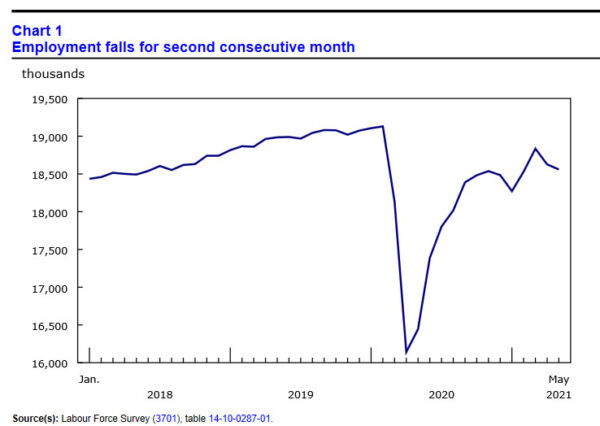
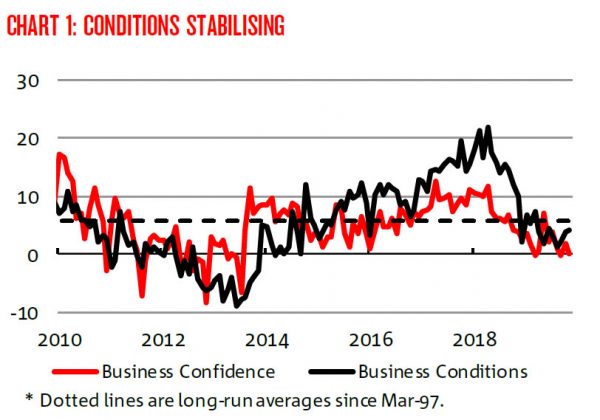
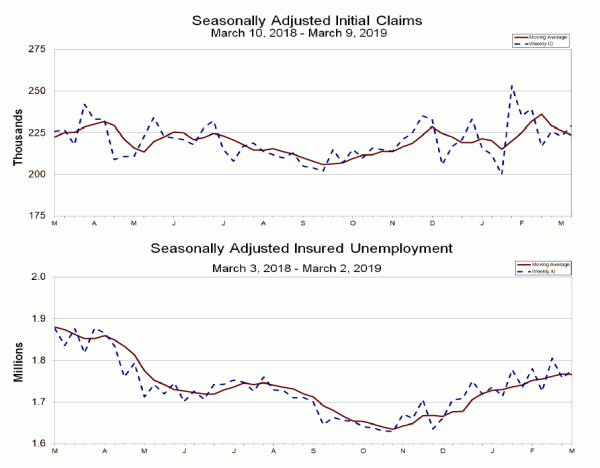
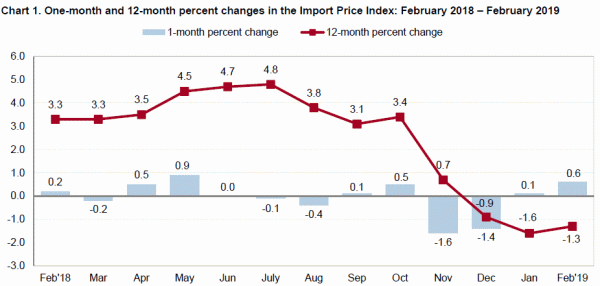
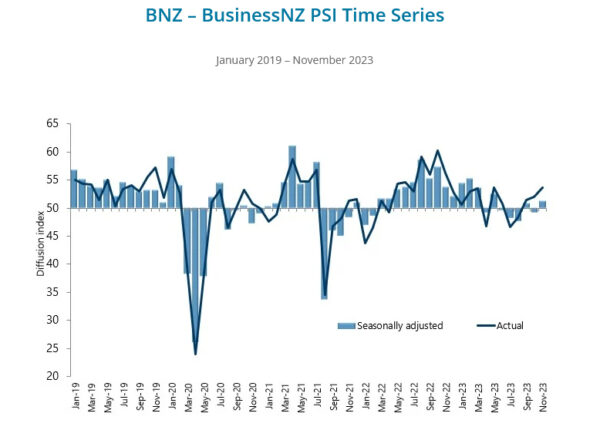
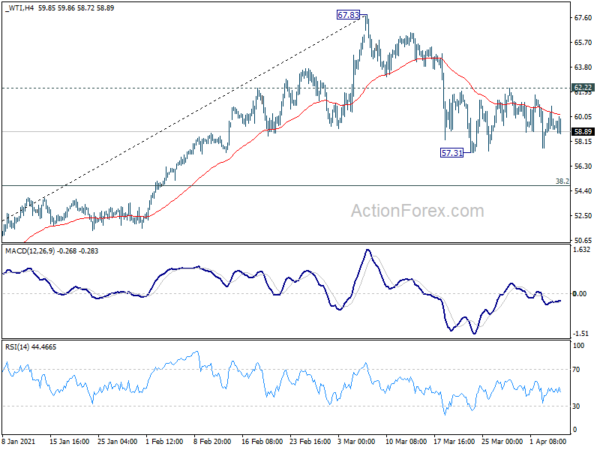
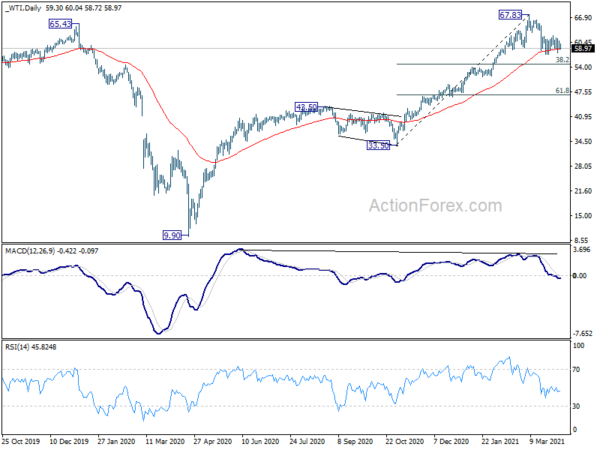
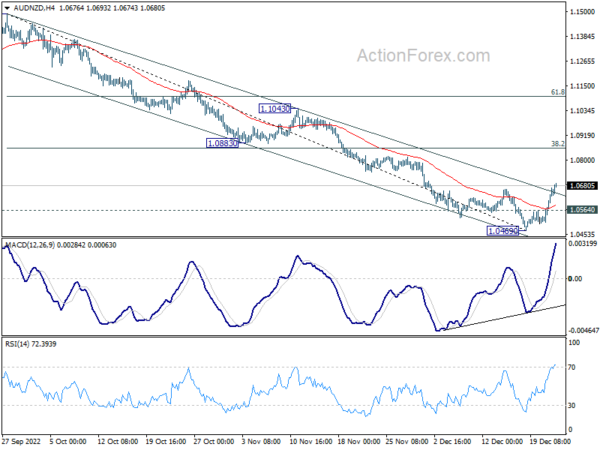
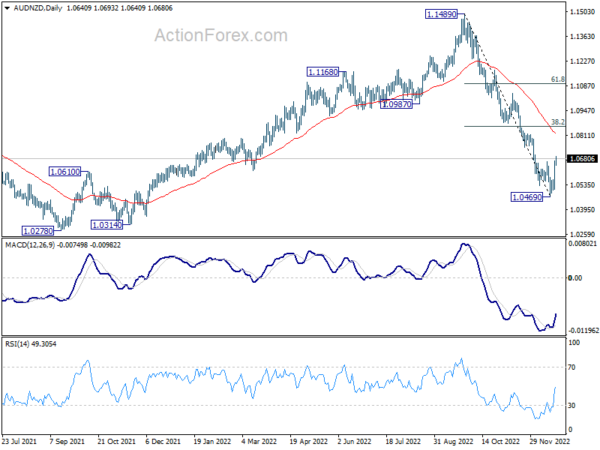
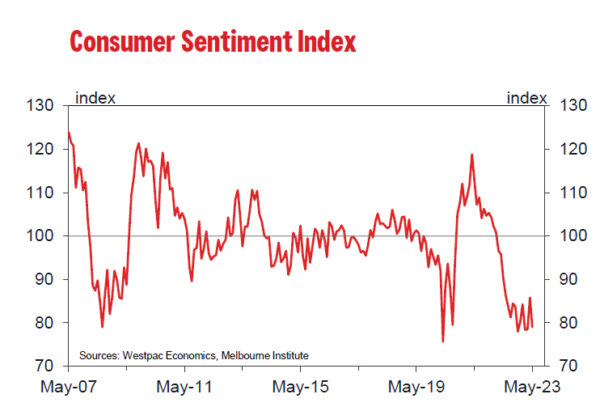
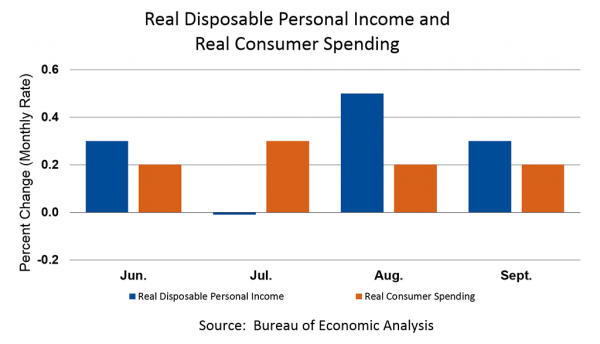

ECB SPF: Economists downgrade eurozone growth and inflation forecasts for 2019 and 2020
In the latest ECB survey for Q2, professional forecasters revised down growth, inflation and core inflation forecasts for both 2019 and 2020. Inflation are projected to be below ECB’s 2% target over the whole forecast horizon. Also, the reported noted that “probability distributions continued to indicate relatively high uncertainty around expected inflation in two years’ time.”
On growth, “respondents considered the current level of uncertainty to be very high and to be having an economic impact, mainly via companies’ investment decisions.” Also “risks to the forecasts for real GDP growth remained to the downside.” The most cited downside risks was “potential impact of a hard Brexit. Many respondents refer to “further escalation of trade conflict between US and China, an the apparent slowdown in China”. “Very few”mentioned upside risks.
HICP inflation forecasts (previous at Q1 2019):
HICP core inflation forecast:
GDP growth forecast: